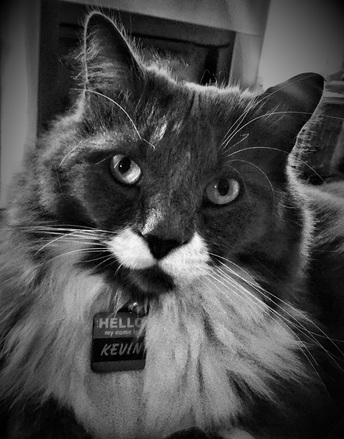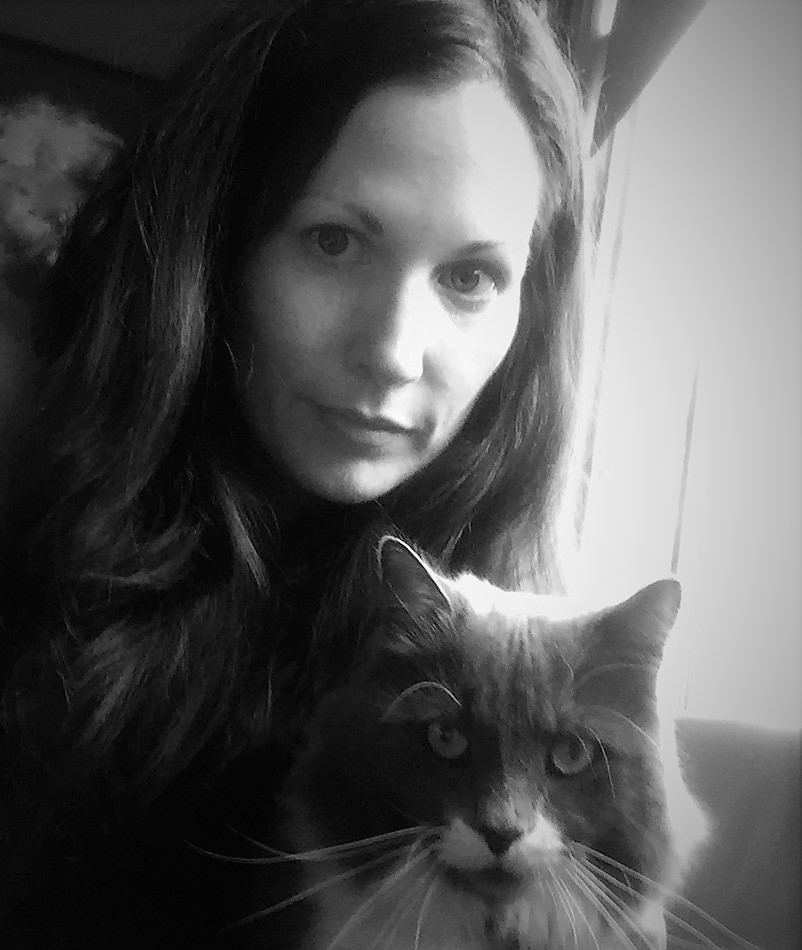|
Kevin and I work on a project with team members from other firms located in different countries. We know that dogs chase tails, cats don't listen to basic commands, and guppies do not speak English. Or any language that we are currently aware of. So how do you get all these animals to collaborate and work with a project plan to achieve a common deliverable? To identify a great advantage of technology, the connectivity of individuals and the global workforce allow us to access a variety of talent. The trick is trying to make sure everyone is available for a meeting when required in varying time zones. There is also understanding the social nuances of cultures. What we find as an amusing opening discussion statement in North America may not seem as amusing to others across the pond. Comments like "slipping one past the goalie" and "diddling it here and there" can be most inappropriate if the context is not wholly understood by all. Weather is a good, safe, universal topic along with quaint children, or pet stories. Politics are not always safe. However, in recent months, it was hard not to speak of Srexit or Frump. (Names of events or individuals have been changed to avoid controversy.) The neutralized issue or personality stance on a collaborative project is delicate. It is not entirely acceptable to single-out a specific wrong doing or doer during the project process. Name blaming doesn't make anyone seem sophisticated or higher than the average emotional intellect of the team. That is the most important item to remember - all are working as a team. Not to say that there isn't a time and place to vent frustrations. We are not above standing up for ourselves or making sure the right individuals know who is really doing what work, but the team needs to be operating effectively for project success. To work effectively, there should be minimal aggravations towards teammates or technical issues. All individuals may not be working in the same office building or for the same company, therefore, the project itself becomes the focused effort. Then there is the organizational chart. Who is to answer to whom and who is responsible for what role based-on fee splits. In a good collaboration, the upper management will have had a discussion regarding acceptable fees for the project elements and allow the game players to proceed without concern about who is paid to do what and work toward the greater good of the project. It only makes everyone look good when the project succeeds. Identifying problem persons which jeopardize the team can be dealt with tactfully without delivering a negative message to the whole project troupe. Negative thoughts perpetuate negative issues. Even beginning to refer to the project as following a successful track and minimizing overall issues will help guarantee the positive perception of the project to the team. Large project issues should not be trivialized, but they are not to be announced to the entire client group or project team. Dwelling on others misery must originate from the sandbox. The need to tell everyone Jimmy fell off the monkey bars, landed on his face, and wet his pants, was to make our own lousy attempts at the monkey bars seem less painful. Time to get over the it and keep what happened in the sandbox beneath the new dirt. Kevin is currently having a weekend getaway for a couple of days over the holiday. He is with new folks and new furry friends. It has been reported that he is not getting along with the other animals, but we aren't going to make a big deal of it. If he comes home fed and without scratches, we will say that his stay was as productive as it could have been considering the circumstances. Next time we will help him make it more successful - we will let him take his favorite chair.
0 Comments
Leave a Reply. |
Author(s)Fiona Warren - 17 years experience with large high-profile projects and teams. Archives
April 2018
Categories |







 RSS Feed
RSS Feed